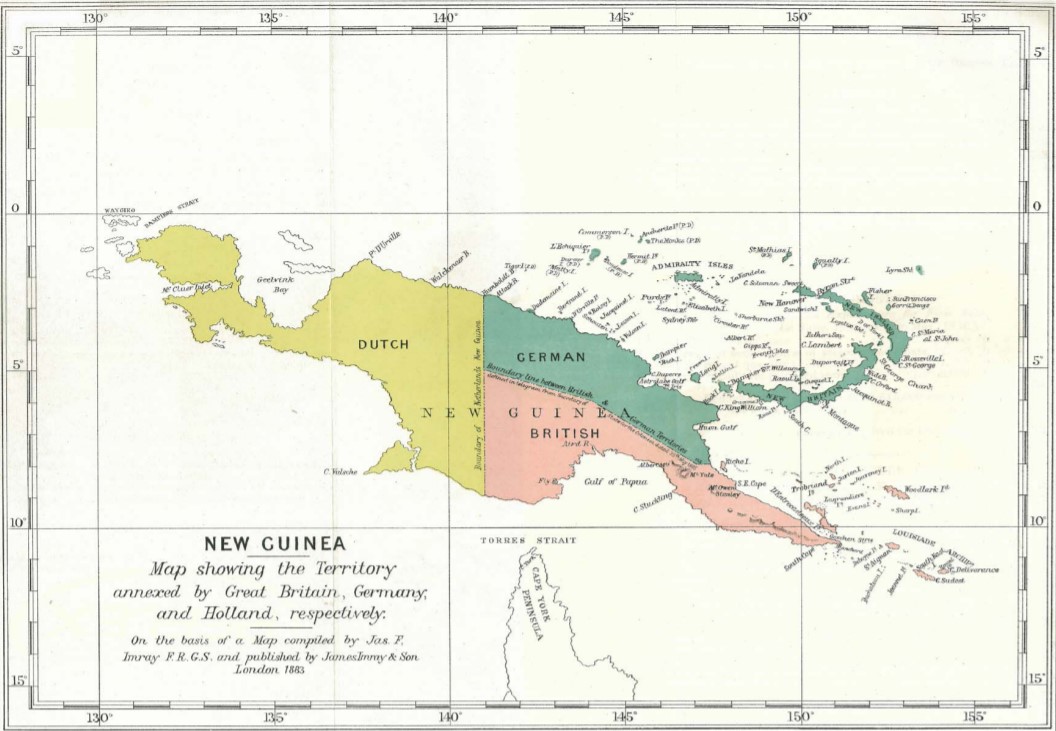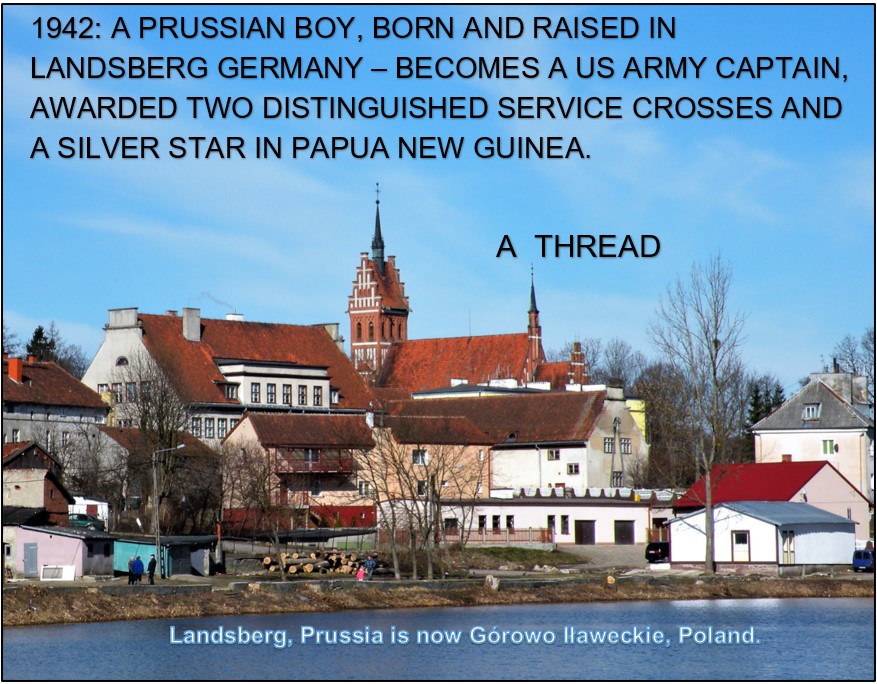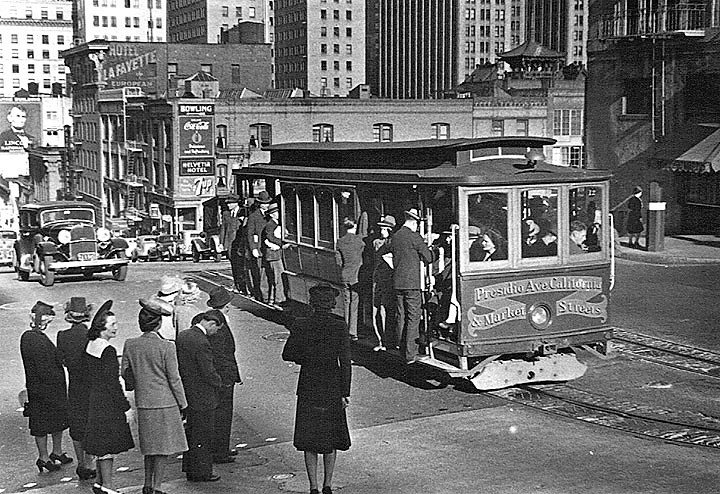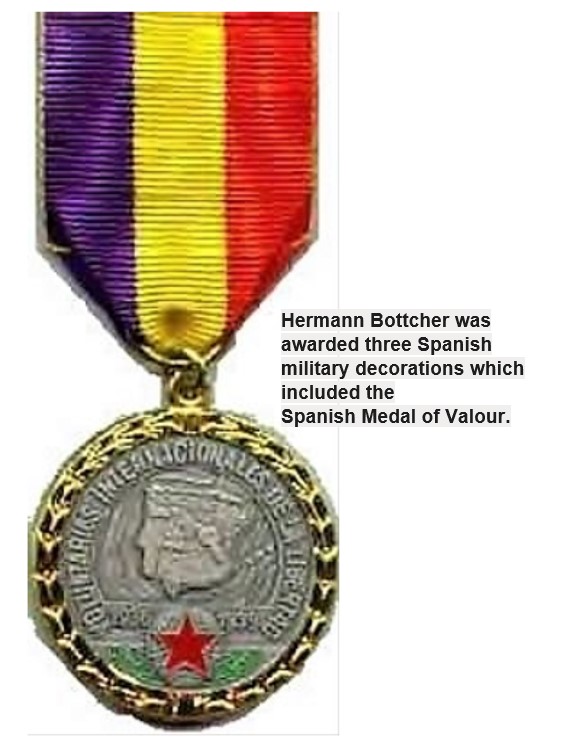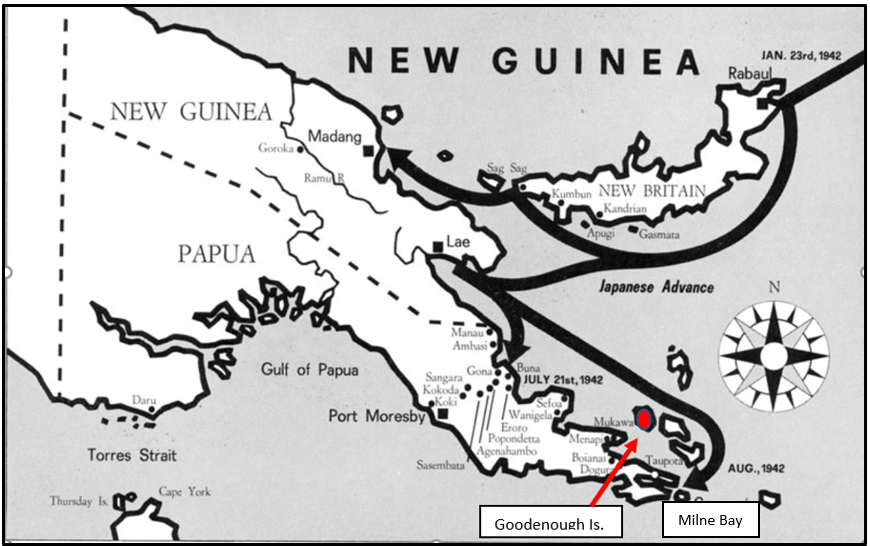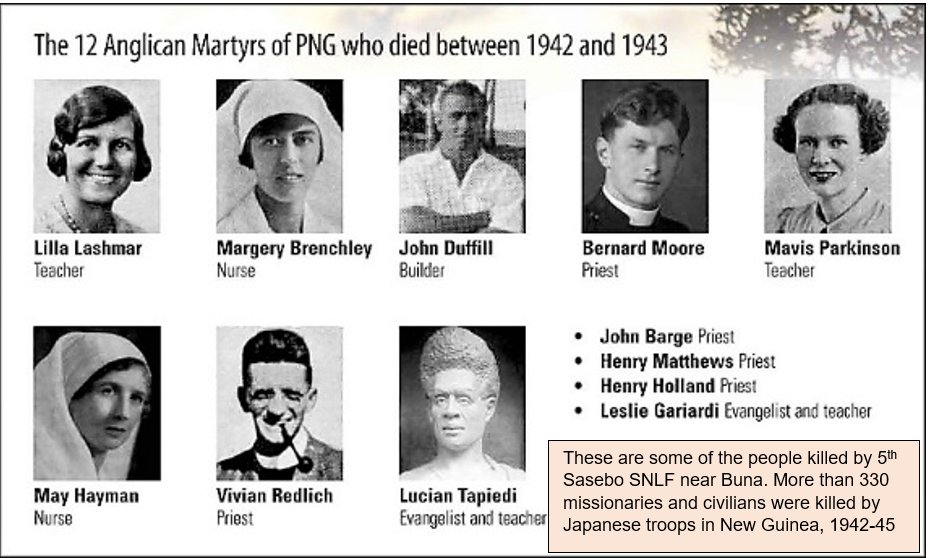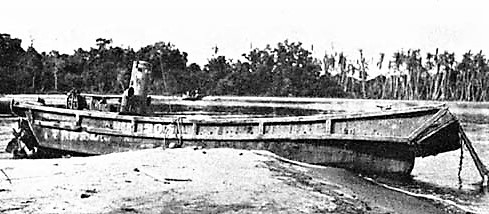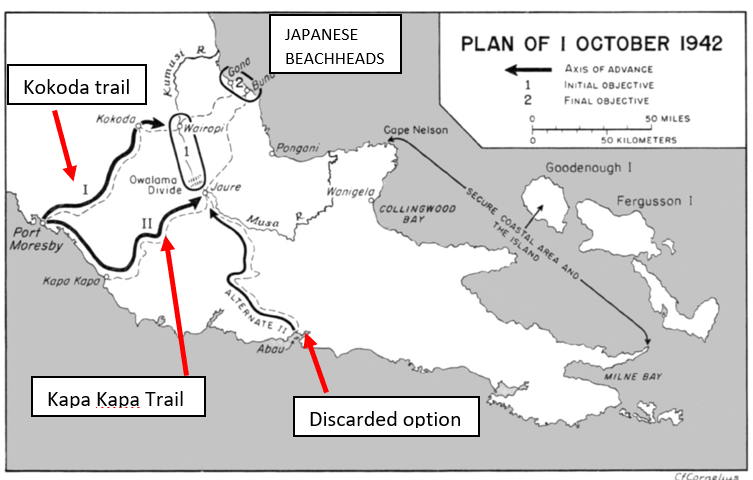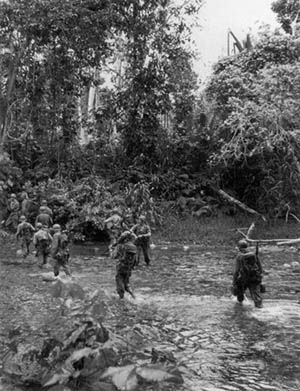
Thread
The tragic story of the Mullarkey family from Sydney. Frederick and Elizabeth Mullarkey were immigrants from Galway and Tipperary respectively.
They had nine children.
One son died in infancy.
Six sons grew into adulthood.
All were outstanding students and sportsmen.
1/13
The tragic story of the Mullarkey family from Sydney. Frederick and Elizabeth Mullarkey were immigrants from Galway and Tipperary respectively.
They had nine children.
One son died in infancy.
Six sons grew into adulthood.
All were outstanding students and sportsmen.
1/13
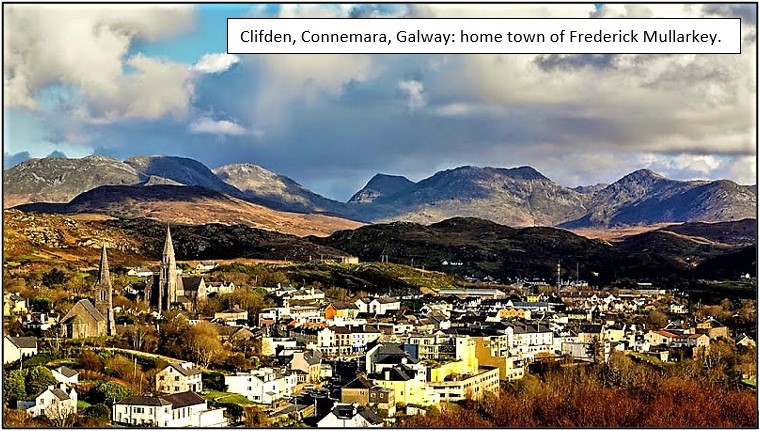
2/13
Most outstanding of the sons was Niall, born 1895.
On the death of his father he was awarded a scholarship to St Joseph’s College where he excelled. Aug 1914: He left university to be a private in the 1st Battalion AIF to go to Gallipoli.
Selected for officer school in Egypt
Most outstanding of the sons was Niall, born 1895.
On the death of his father he was awarded a scholarship to St Joseph’s College where he excelled. Aug 1914: He left university to be a private in the 1st Battalion AIF to go to Gallipoli.
Selected for officer school in Egypt
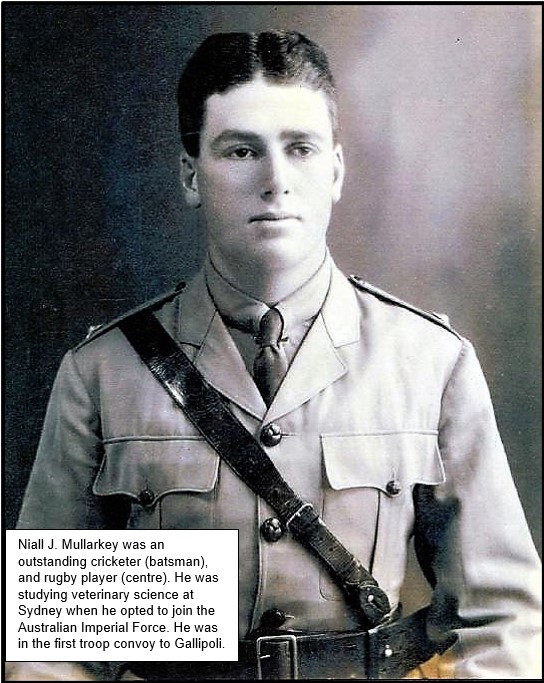
Now a new 2nd Lieut, Niall was assigned to the 7 Bn, Munster Fusiliers, formed in Aug 1915.
He moved with the 10th (Irish) Division to Salonika in October 1915 for the failed invasion of Bulgaria.
Niall was appointed OC of the Machine Gun Coy and was Mentioned in Despatches.
3/13
He moved with the 10th (Irish) Division to Salonika in October 1915 for the failed invasion of Bulgaria.
Niall was appointed OC of the Machine Gun Coy and was Mentioned in Despatches.
3/13
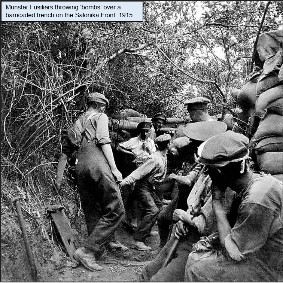
Oct 1916: Niall, aged 21, left the 10th (Irish) Div., keen to re-join his old 1st AIF Battalion in Belgium.
Nov 5, 1916: He was leading a confused night attack through appalling conditions when he disappeared amongst heavy enemy artillery fire.
His body was never recovered.
4/13
Nov 5, 1916: He was leading a confused night attack through appalling conditions when he disappeared amongst heavy enemy artillery fire.
His body was never recovered.
4/13

Clarence, 5 years older than Niall, enlisted in Aug 1914. A 2nd Battalion private, he landed at Gallipoli on April 25th, fought hard for 3 months. He came down w/severe typhoid in July. Evacuated very sick to UK for 6 months. Permanently unfit, Clarrie went home in March 1916.
Clarrie Mullarkey.
If anyone could identify the badges on his right breast, it would be appreciated.
If anyone could identify the badges on his right breast, it would be appreciated.
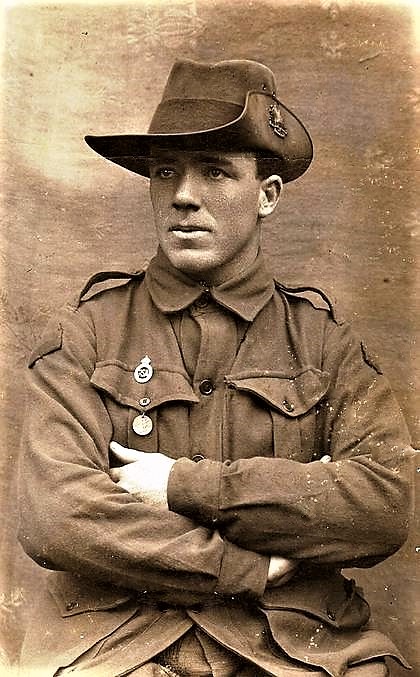
Herbert, the oldest brother, joined the 4th Bn at Gallipoli in May 1915.
He was a 27 y.o. renowned sportsman. He rose to be Company Sgt Major, moving to the Somme in April 1916. Four months later he was KIA at the fierce Battle of Pozieres in August 1916.
His grave was lost.
6/
He was a 27 y.o. renowned sportsman. He rose to be Company Sgt Major, moving to the Somme in April 1916. Four months later he was KIA at the fierce Battle of Pozieres in August 1916.
His grave was lost.
6/
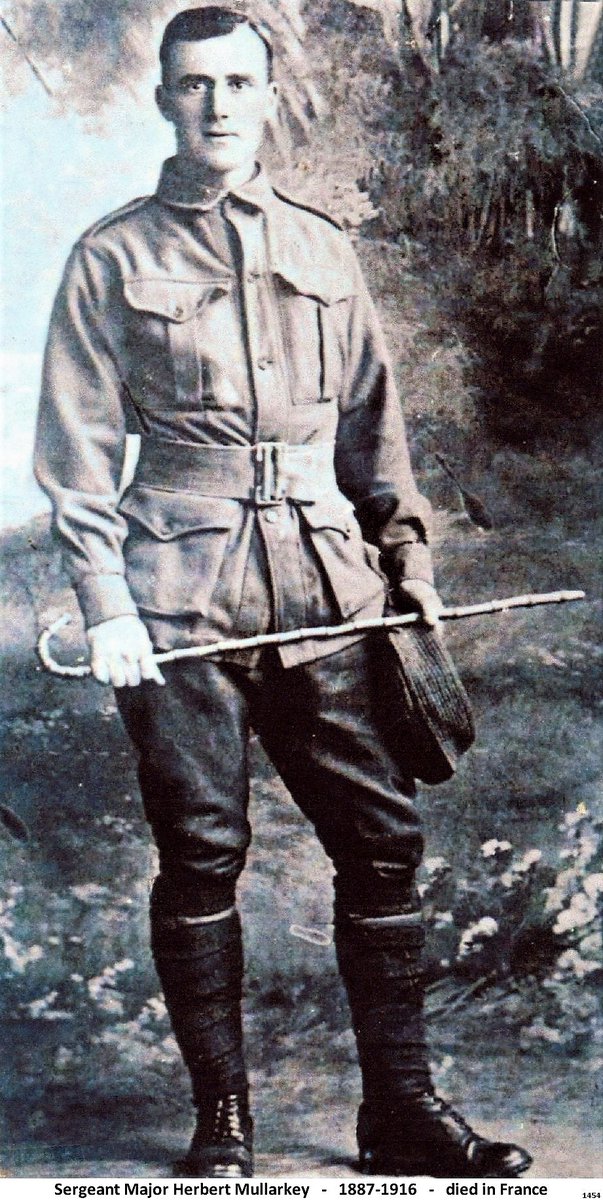
Kevin, aged just 18, fought with the 20th Bn at Gallipoli from Aug–Dec 1915.
His unit moved to the Somme in April 1916 and then in July despite his youth he was promoted to Lance Corporal.
At the Battle of Pozieres Kevin was seriously wounded by shrapnel in the back and thigh.
7/
His unit moved to the Somme in April 1916 and then in July despite his youth he was promoted to Lance Corporal.
At the Battle of Pozieres Kevin was seriously wounded by shrapnel in the back and thigh.
7/
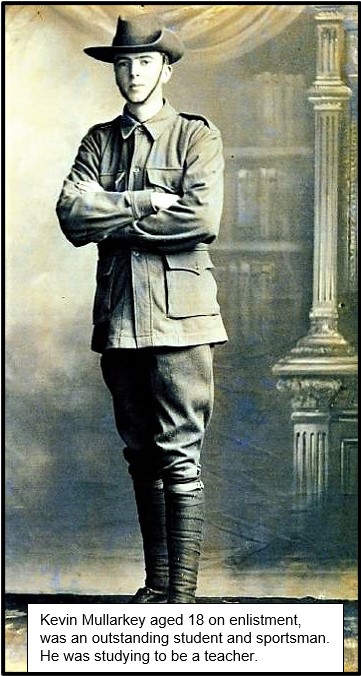
Kevin lay in agony for 12 hours before a stretcher party reached him. He was then blown off his stretcher by shellfire.
He was in great pain, permanently paralysed.
He eventually returned to a Military Hospital in Sydney in April 1917 as an invalid.
Kevin died 11 months later.
8/
He was in great pain, permanently paralysed.
He eventually returned to a Military Hospital in Sydney in April 1917 as an invalid.
Kevin died 11 months later.
8/
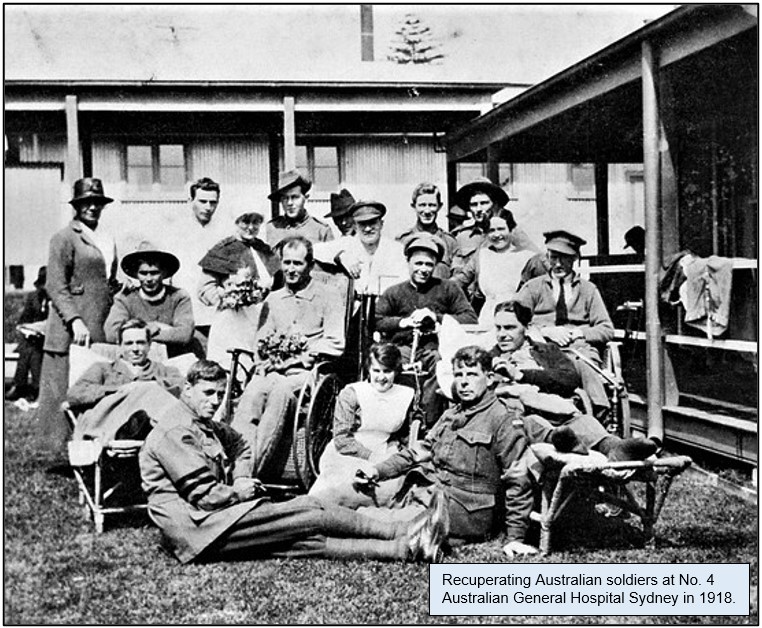
James was the second of 6 sons.
Like the others, he was a superior student and sportsman.
By 1914 he was a 26 y.o. chemist married to Kathleen. He served with Kevin in the 20th Bn in combat at Gallipoli.
Weeks later, he was evacuated to Malta for 4 months, suffering from PTSD.
9/
Like the others, he was a superior student and sportsman.
By 1914 he was a 26 y.o. chemist married to Kathleen. He served with Kevin in the 20th Bn in combat at Gallipoli.
Weeks later, he was evacuated to Malta for 4 months, suffering from PTSD.
9/

March 1916: Jim was promoted to Sgt and transferred to the 2nd Pioneer Battalion.
Days later he learnt his Kathleen had died of TB.
Like Niall, he was selected for officer training and became a lieutenant.
In Nov he was recommended for a MC for his work leading the Pioneers.
10/
Days later he learnt his Kathleen had died of TB.
Like Niall, he was selected for officer training and became a lieutenant.
In Nov he was recommended for a MC for his work leading the Pioneers.
10/
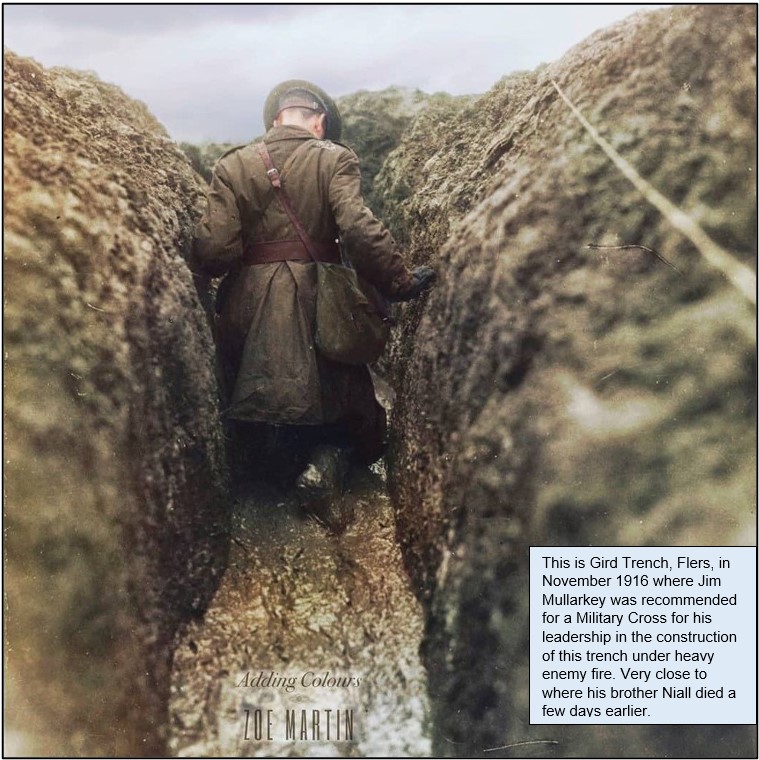
Dec 1916: Jim, now a widower, learnt of the death of 2 brothers and permanent disability of the other 2.
He asked for special leave to return home.
He was granted 6 months leave on half-pay and discharged June 1917.
Jim remarried, and died in the same year as Clarrie; 1964.
11/
He asked for special leave to return home.
He was granted 6 months leave on half-pay and discharged June 1917.
Jim remarried, and died in the same year as Clarrie; 1964.
11/
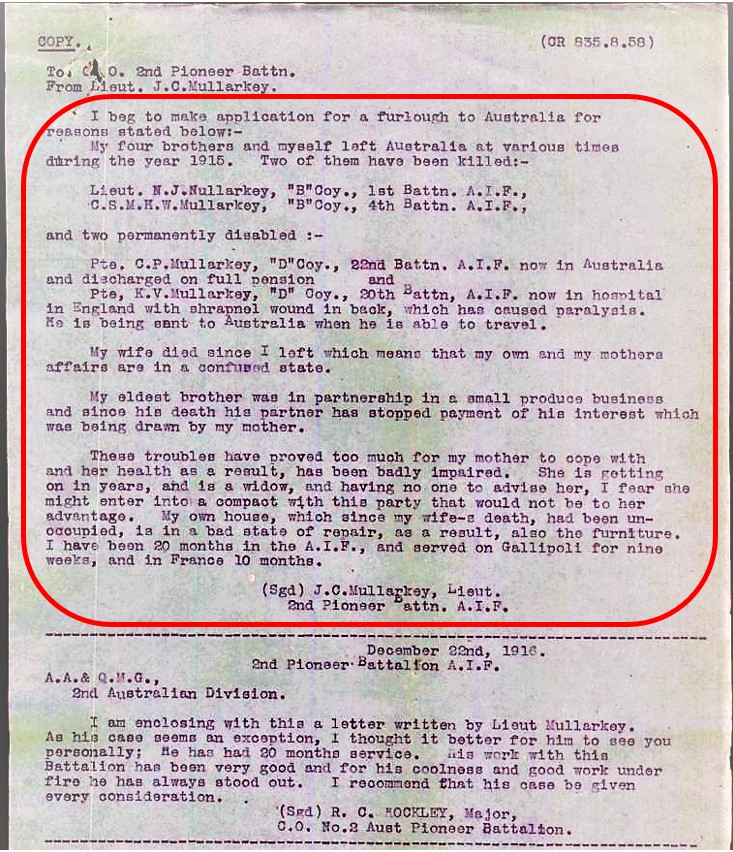
Des, the youngest brother, saw 5 brothers leave for the war.
In 1916, after the deaths of Niall & Herbert, he tried to enlist aged only 16.
His mother sent his uncle to bring him home.
Post-war, he played many sports at top level.
He named his daughter Nialla, and lived to be 75.
In 1916, after the deaths of Niall & Herbert, he tried to enlist aged only 16.
His mother sent his uncle to bring him home.
Post-war, he played many sports at top level.
He named his daughter Nialla, and lived to be 75.
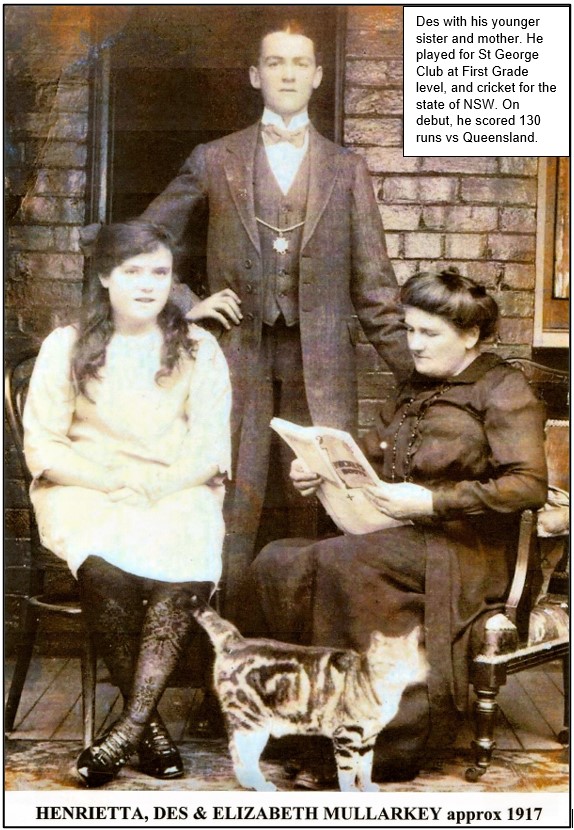
The Mullarkey family plot at Woronora Cemetery, Sutherland, in southern Sydney.
The matriarch, Elizabeth, from County Tipperary, died in 1935.
She had lost three of her six sons in the war, plus another disabled.
Despite this, she was always renowned for her cheerful nature.
END
The matriarch, Elizabeth, from County Tipperary, died in 1935.
She had lost three of her six sons in the war, plus another disabled.
Despite this, she was always renowned for her cheerful nature.
END
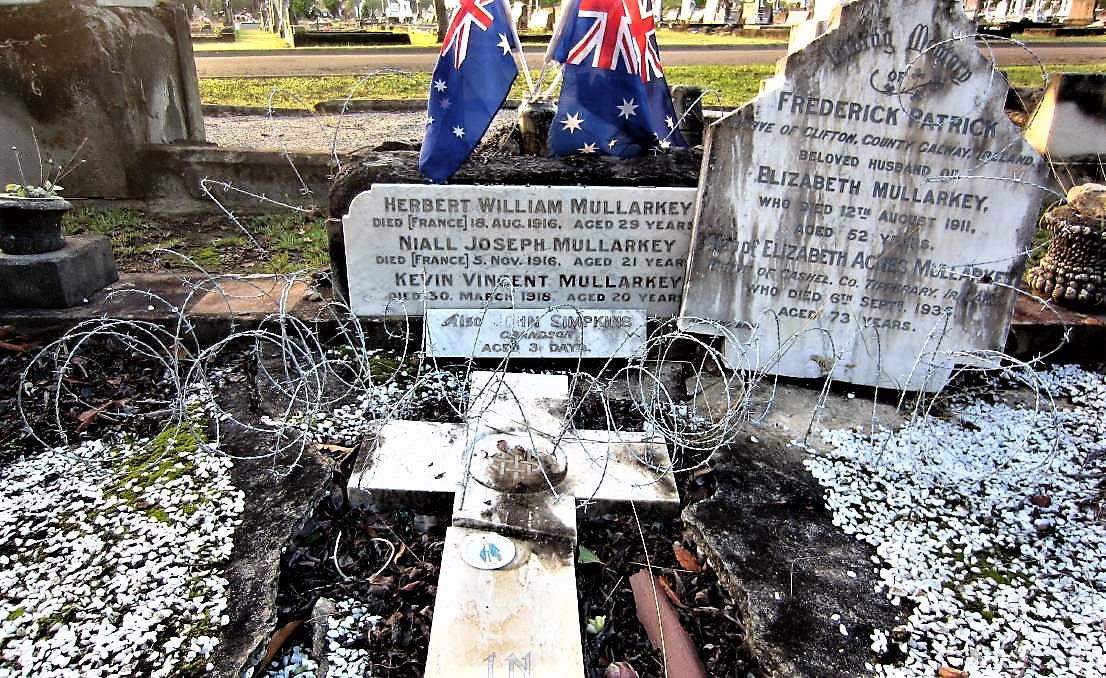
A typical scene of the area of the Battle of Flers, where Niall Mullarkey died in the early hours of November 5th, 1916.
The atrocious conditions and brutal weather contributed to hundreds of Australian deaths in the failed attack that night.
This pic accompanies post 4/13 above.
The atrocious conditions and brutal weather contributed to hundreds of Australian deaths in the failed attack that night.
This pic accompanies post 4/13 above.

• • •
Missing some Tweet in this thread? You can try to
force a refresh

